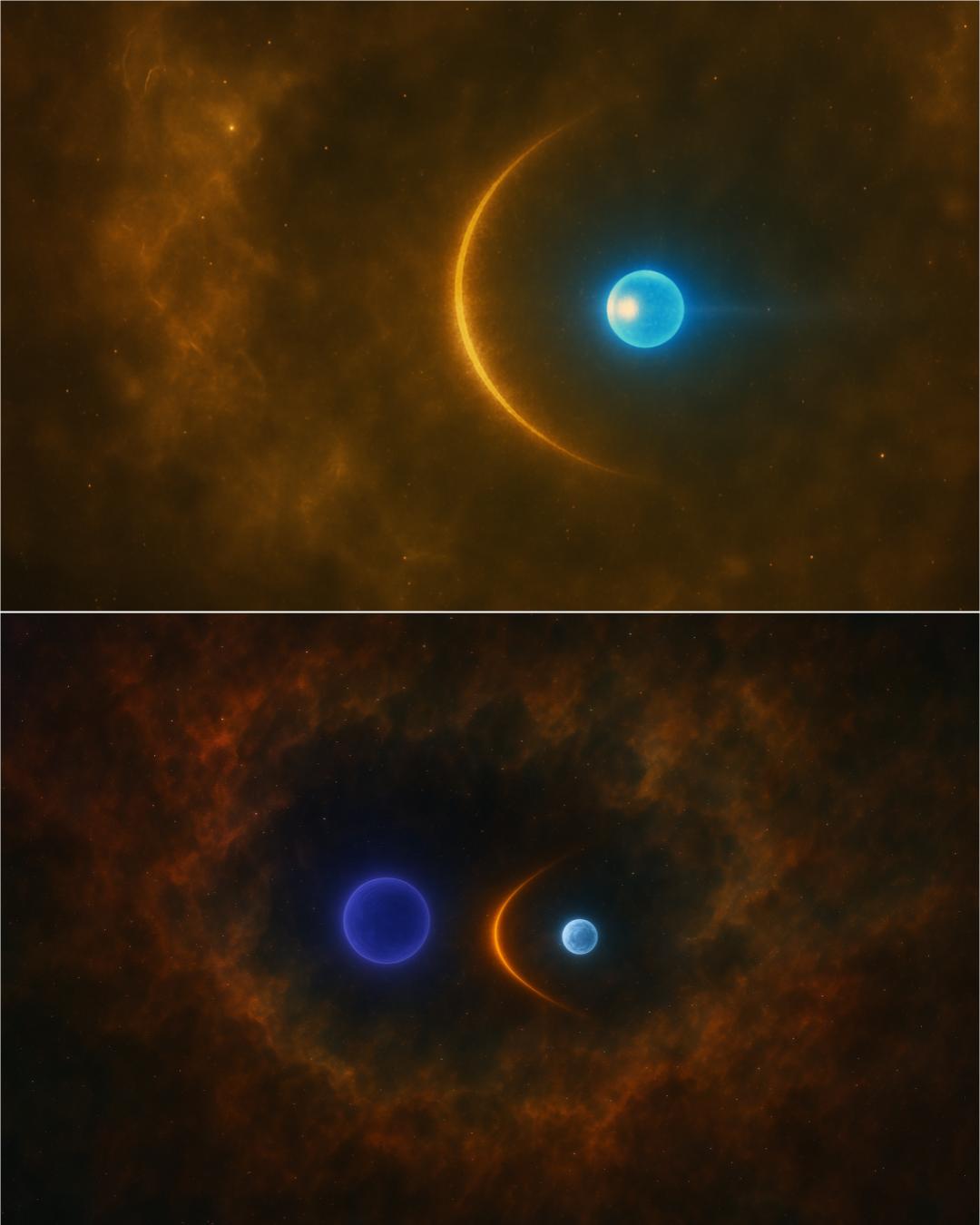Vanessa Yanza from IRyA*, UNAM Morelia, led a team that discovered a mysterious object that could be a huge star running away from its birthplace, or it could also be two young stars with strong winds colliding with each other.
Yanza is a PhD student at IRyA. As part of her work, she studied the heart of a region called NGC 6334A in a vast complex known as the “Cat's Paw Nebula,” a cloud of gast and dust where new stars are frequently being born. It is located about 4,370 light-years from Earth in the direction of the constellation Scorpius.
No stars have been seen in the center of this region, but the gas within it is in an ionized state, meaning its electrons have been separated from the atomic nuclei. This indicates that at least one massive—large and fat—young star must be there.
Therefore, Yanza and her collaborators observed the region in radio waves using the Karl G. Jansky Very Large Array (VLA) observatory in New Mexico, USA. They discovered that the radio waves at the center of the region traced an arc. This is the first time that such an object has been detected at the center of a region like NGC 6334A.
Surprisingly, this arc appears to be moving at about 120 kilometers per second, so Yanza and her team proposed that it may be due to a runaway star, escaping the cloud where it was born. As it moves rapidly through its surroundings, it produces an arc called a “bow shock” in the medium, similar to the one seen on the water when a boat moves forward or a duck glides on it.
However, the arc could also be due to the collision of strong winds expelled by two young, massive stars. Since no stars have yet been observed in the region's center, Yanza and her collaborators debate which of the two options best reproduces what they observed, which requires further studies.
Whatever the option, this discovery is important because it helps us better understand how massive stars are born and how some can escape from their birthplaces, or how they interact with each other, as they play a key role in the life of the galaxies they inhabit, like our own.
*IRyA is the Institute of Radio Astronomy and Astrophysics at UNAM, Campus Morelia, Mexico.
Top image
Illustration of the two cases that could explain the radio wave arc observed in NGC 6334A: The bow shock produced by a young runaway massive star (top) or the collision of the strong winds of two young massive stars (bottom). Credit: Sergio Dzib, MPIfR.
Research paper
The arc-shaped radio source at the centre of NGC 6334A: is it a colliding wind region of two young massive stars or the bow shock of a runaway star?
Vanessa Yanza, Sergio A. Dzib, Aina Palau, Luis F. Rodríguez, Josep M. Masqué, Pedro R. Rivera-Ortiz, Sac-Nicté X. Medina
Monthly Notices of the Royal Astronomical Society, 538, 3, 1314 (2025)
https://doi.org/10.1093/mnras/staf344
Vanessa Yanza’s career
Vanessa Yanza López obtained a degree in Physics Engineering in 2018 at the University of Cauca in Popayán, Colombia, where she is originally from, and then obtained Master in Astrophysics degree at the University of Guanajuato in 2020, fow which she was awarded the “Ing. Sergio Viñals” prize for the best Master's thesis in the space field in Mexico, on behalf of the organizing committee of the International Conference on AeroSpace Science and Technology (ICASST) 2023.
She is currently a PhD student in Astrophysics at IRyA UNAM, Campus Morelia, where she studies newly-formed stars in various regions of our galaxy, such as NGC 6334A in the “Cat’s Paw Nebula.”
About IRyA, UNAM
The Instituto de Radioastronomía y Astrofísica (IRyA), or Institute for Radio Astronomy and Astrophysics is an academic unit at UNAM, Campus Morelia, Mexico. The Institute’s personnel perform high-level and high-impact research in the areas of interstellar medium, star formation, evolved stars, high energy astrophysics, Galactic dynamics and structure, extragalactic astronomy and cosmology. They also contribute to educate high-level human resources through a postgraduate program, and maintain a close relationship with society through diverse outreach and science communication programs.
If you are interested in our Institute, visit the English version of our webpage, www.irya.unam.mx/web/en
Media contact:
René A. Ortega Minakata
Outreach and Science Communication
IRyA UNAM Campus Morelia
Text: René A. Ortega Minakata, IRyA UNAM





